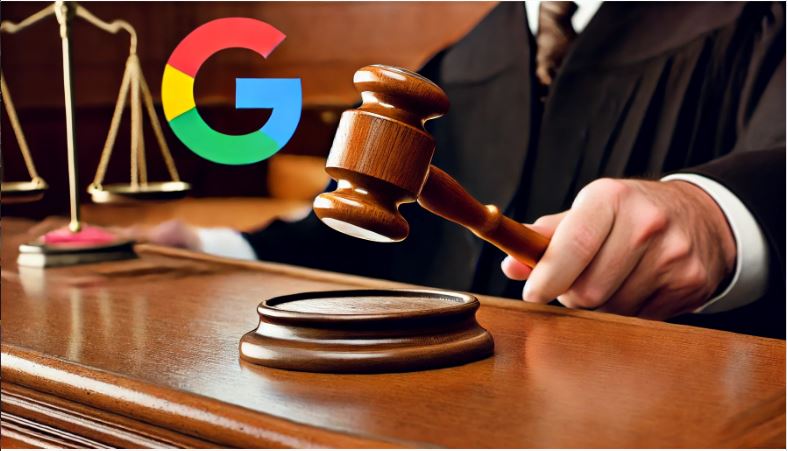An article can be taken down. A lawsuit can be settled. A sentence can end. But an image on Google often lingers long after the story fades. Search engines are built to preserve, index, and resurface visuals, making them harder to bury than text. That’s why Google Images often outlasts headlines, verdicts, and even personal setbacks.
How Google Images Evolved
When Google Images launched in 2001, it was a basic photo index. Today, it’s powered by algorithms, machine learning, and visual search. Users can search by uploading a photo, scanning an object with Google Lens, or browsing categories ranked by relevance, not just popularity.
Mobile optimization made image search even more pervasive. People now expect to find products, faces, and events through pictures as quickly as they do through text.
Why Visuals Have More Staying Power
Images Outlive Text
Text-based content is easier to change or remove. A publisher can edit, delete, or de-index articles. Images, on the other hand, are copied, reposted, and shared across multiple platforms. Once indexed, they often remain searchable even when the source disappears.
Stronger User Memory
Studies show people remember visuals longer than text. A mugshot, product photo, or viral meme tends to leave a lasting impression, reinforcing why images pose a unique reputational risk.
Legal Battles Over Images
Copyright Disputes
Google has faced lawsuits over displaying copyrighted images without permission. Getty Images sued in 2016, eventually forcing Google to change how it displayed previews.
For individuals and businesses, the takeaway is clear: using images without proper rights risks fines, takedowns, and reputational damage.
Google’s Response
To manage risk, Google now works with licensing groups, offers usage-rights filters, and educates users through copyright resources. It also relies on tools like Content ID and removal requests, though enforcement remains uneven.
Why Images Persist Longer Than Court Cases
After Jail Time
A conviction may end, but mugshots often remain indexed. Even expungement doesn’t guarantee removal from image search, since third-party sites repost and recycle content.
After Articles Expire
News sites may delete or archive old stories. But their images live on in search caches, blogs, and forums, keeping visual traces tied to a name.
After Lawsuits Settle
Court records may be sealed, but once photos are published, they spread beyond official channels. Google’s system continues to surface them through links, thumbnails, and mirrors.
Social Media’s Role
Platforms like Instagram, TikTok, and Pinterest feed Google’s index with endless new visuals. Brands and individuals alike lose control once images are shared, screenshotted, and reposted. Even when original posts vanish, copies persist.
Technology That Extends Image Life
AI and image recognition give search engines more power to track and resurface visuals. Google Lens can identify products, logos, and even faces across different contexts.
Emerging tech like augmented reality will only expand this reach. Instead of fading, images are becoming more interactive, searchable, and permanent.
What This Means for Reputation
Google Images doesn’t forget. And because visuals are easier to remember and harder to erase, they pose a bigger risk than text alone.
For individuals and businesses, this reality means:
- Old mugshots, lawsuits, or viral photos may keep resurfacing.
- A single image can outweigh later positive coverage.
- Reputation repair often requires both legal steps and digital reputation management.
Companies like NetReputation address this by combining removal requests, suppression strategies, and digital PR to reduce the visibility of harmful images.
Final Thought
Articles expire. Lawsuits settle. Jail sentences end. But in Google Images, pictures linger—sometimes for decades. That permanence makes image management one of the most critical and overlooked parts of protecting reputation in the digital age.

